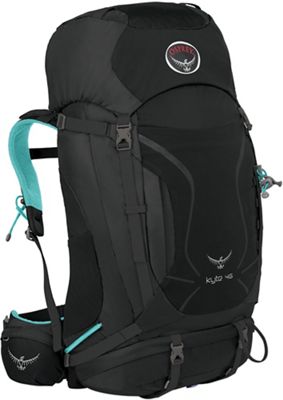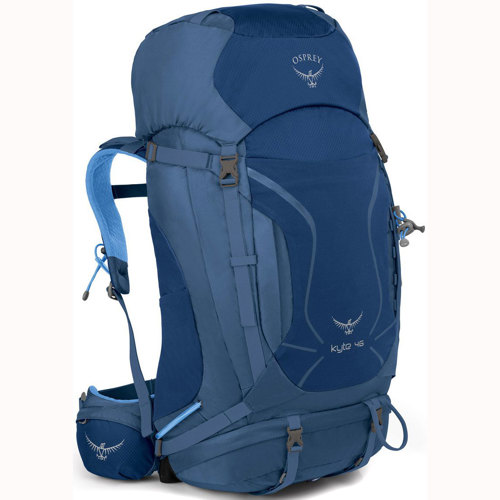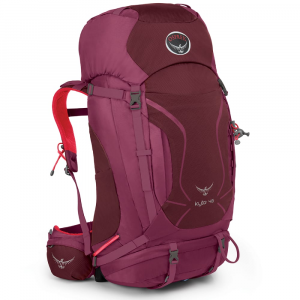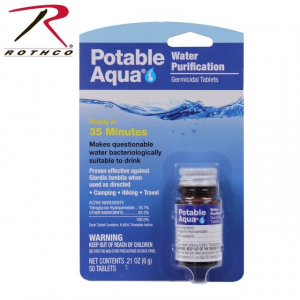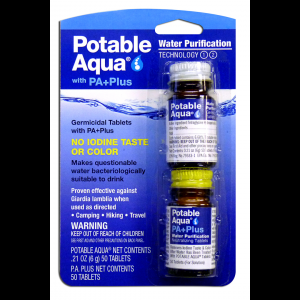
Moose are bashful animals that usually run away when you encounter them. But they can also be quite surly and hard to read when you encounter them on foot during hikes and backpacking trips. Males can become very aggressive during rutting season (September-October), while females tend to be very protective of young calves.
Moose have very bad eyesight and may approach to get a better look at you. Don't make the mistake of interpreting this as friendly gesture. These are large and unpredictable animals that can do a lot of damage if they kick or gore you. Adult males average 1200 lbs in weight while females average 900 lbs. If they make contact, you're going to feel it.
You can tell a moose is agitated if the guard hairs on its hump are raised, its ears are laid back, it lowers its head and stops eating to look at you, or urinates to mark territory. Avoid chasing a moose or getting between a mother and its calf. Unleashed dogs can also provoke an attack.
When moose charge, they often kick out with their sharp front hooves instead of bashing you with their antlers. Many charges are bluffs warning you to back off, but you can't tell this in advance. You can't outrun moose, which can travel up to 30 miles per hour. The best defense is to maintain a safe distance when you see one and duck behind a large tree or object if you think they're aggressive. Backing away slowly and giving them space is usually all they need to relax and will diffuse a confrontation.
Moose live in forested areas near water sources like ponds and lakes. They're also active in winter and forage all winter, even when food is scarce. They range widely and will make use of hiking trails to get from one area to another which can lead to human-moose encounters.

Moose scat is often piled up on or along trails they frequent. It consists of small, egg-shaped pellets about the size of your big toe. If it's soft (poke it with your trekking pole tip), it means moose have passed by recently. Moose also bed down in high grass, so take care when walking through such areas because they're easily startled. Moose beds look like larger round depressions in the grass.
It's also common to meet moose on backcountry roads or see them along highways. If a moose is in front of your car, blocking the road, don't drive toward it threateningly or honk at it. Just be patient. It will move along eventually. Don't try to chase a moose that's running along a road either, because this will only agitate it and may result in injury to the animal. Also be very careful when driving at night in forested areas to avoid hitting a moose with your car or truck. These accidents are often fatal to drivers as well as the moose.
More about Moose
- Moose: Crowned Giant of the Northern Wilderness
- In the Company of Moose
- Ecology and Management of the North American Moose
- Moose Watcher's Handbook
The post What Should You Do If You Meet a Moose? appeared first on Section Hikers Backpacking Blog.
from Section Hikers Backpacking Blog https://ift.tt/2wvPpE1















